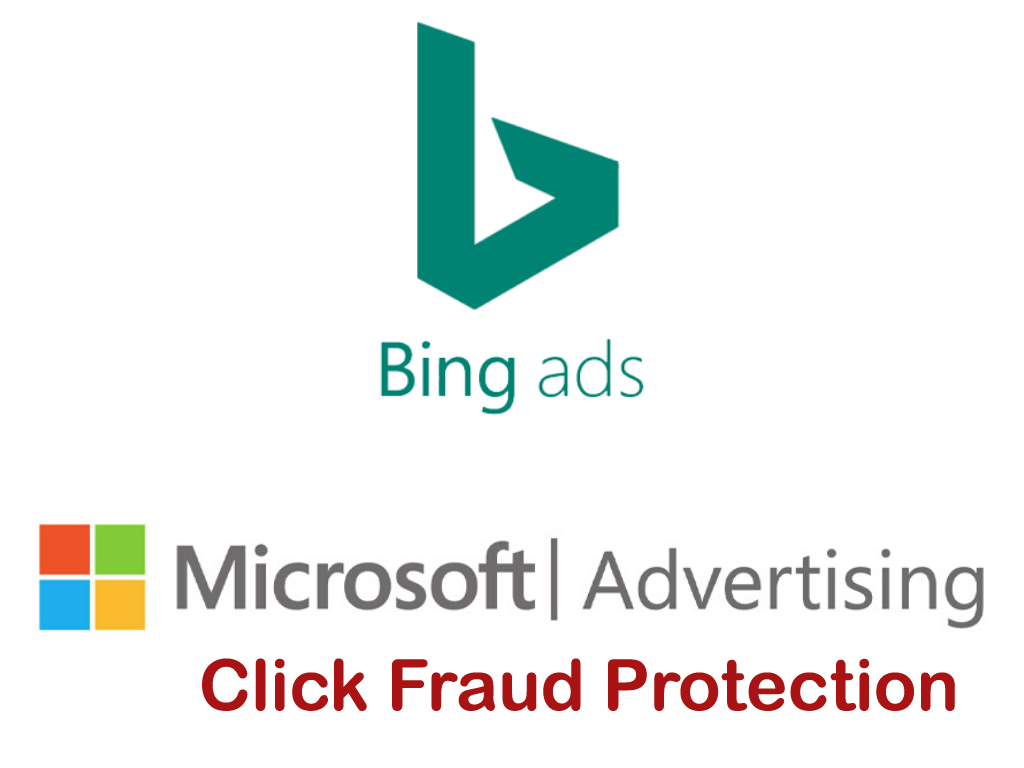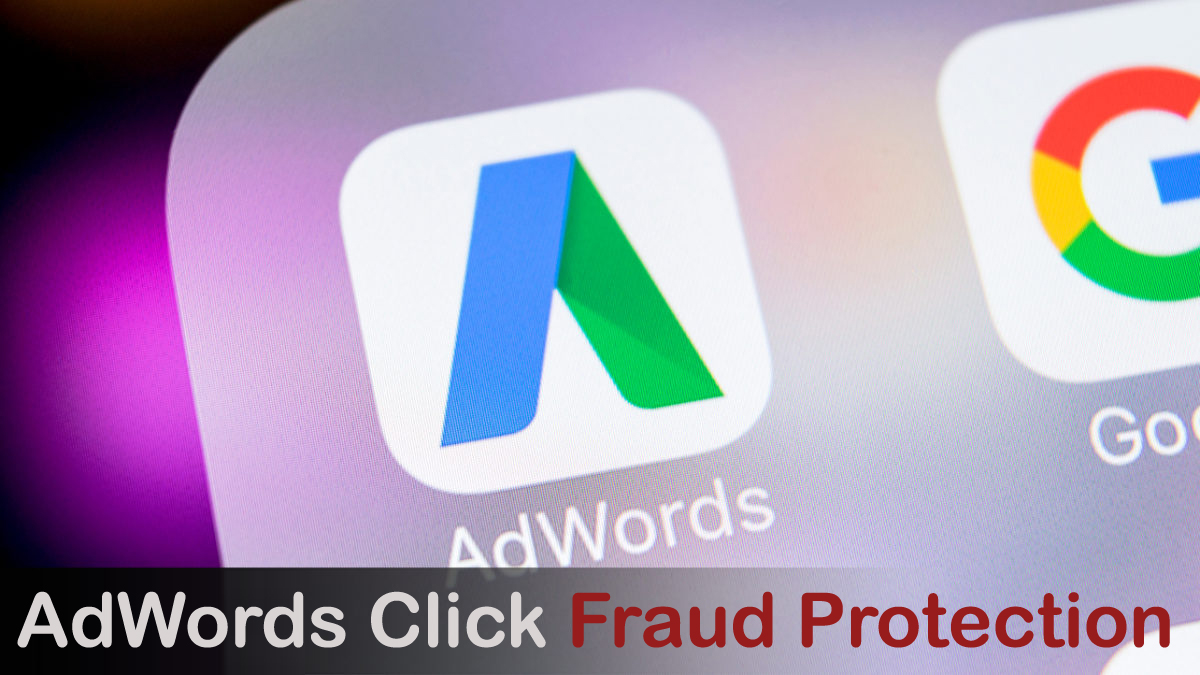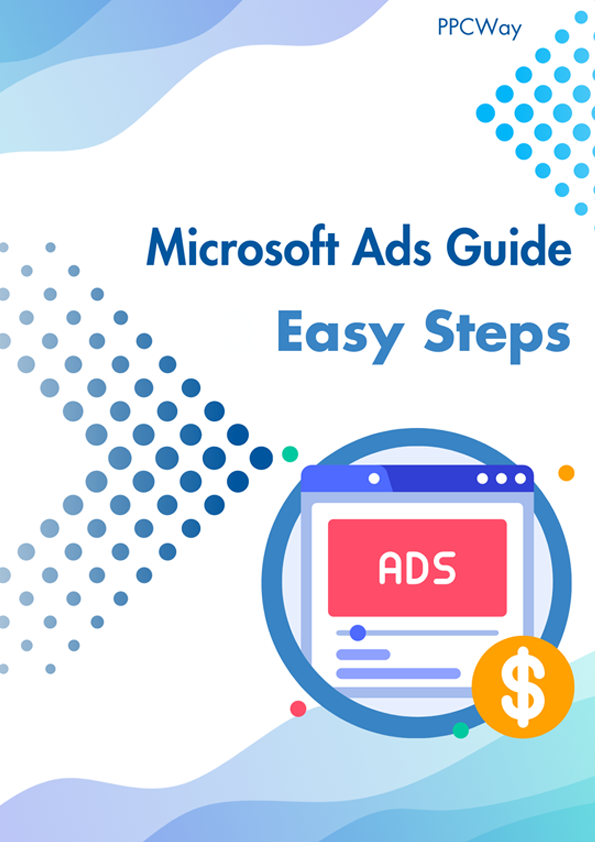Click Fraud Protection Introduction
Click fraud protection refers to the measures and techniques used to safeguard online advertising campaigns from fraudulent or invalid clicks.
Click fraud occurs when individuals or automated bots click on online ads with malicious intent, leading to wasted ad spend, inaccurate performance data, and decreased ROI for advertisers.
Click fraud can be perpetrated by competitors seeking to deplete an advertiser’s budget, publishers attempting to increase their ad revenue, or malicious actors aiming to disrupt the advertising ecosystem.
To combat click fraud and maintain the integrity of online advertising, various click fraud protection mechanisms and technologies have been developed.
1. Monitoring and Analysis:
Advertisers employ sophisticated monitoring tools and analytics platforms to track and analyze ad performance data. They can detect unusual click patterns, high click volumes from specific sources, or abnormal behavior that indicates potential click fraud.
2. IP Filtering:
Advertisers can implement IP filtering to block clicks originating from suspicious or known fraudulent IP addresses. This technique helps prevent repeat offenders and known sources of click fraud from interacting with the ads.
3. Click Validation:
Click validation involves scrutinizing each click for authenticity and legitimacy. This process uses various parameters such as IP addresses, user agent information, click timestamps, and geolocation data to identify potentially fraudulent clicks. Valid clicks are then distinguished from fraudulent ones and reported accordingly.
4. Bot Detection:
Automated bots are a significant source of click fraud. Advanced bot detection systems utilize machine learning algorithms to identify and block bots attempting to generate fake clicks. These systems analyze user behavior, mouse movements, and other metrics to differentiate human clicks from bot-generated ones.
5. Fraudulent Click Identification:
Using statistical models and data analysis, advertisers can identify click fraud patterns and characteristics. By examining metrics such as click-through rates (CTRs), conversion rates, and engagement levels, advertisers can identify anomalies and take appropriate action.
6. Real-Time Monitoring:
Real-time monitoring allows advertisers to detect click fraud as it happens, enabling them to respond promptly. Advertisers can set up alerts and notifications for suspicious activity, ensuring immediate action can be taken to mitigate the impact of fraudulent clicks.
7. Collaboration and Industry Standards:
Advertisers, ad networks, and publishers collaborate to share information about known fraudulent sources, IP addresses, and suspicious activity. Such collaboration helps create industry standards and best practices for click fraud prevention, enabling the development of more effective protection measures.
8. Machine Learning and AI:
Artificial intelligence and machine learning techniques are increasingly being used to detect and prevent click fraud. These technologies can analyze vast amounts of data, identify patterns, and adapt to new fraud techniques, thereby enhancing the accuracy and efficiency of click fraud protection systems.

The scale of ad fraud is truly vast.
According to digital ad fraud statistics from the Association of National Advertisers, the cost of digital ad fraud is an astonishing $120 billion annually. Others put the number slightly lower, suggesting that ad fraud costs will reach $100 billion annually in 2023.
Click fraud protection is an ongoing process that requires constant monitoring, analysis, and adaptation to emerging fraud tactics. Advertisers and ad platforms must stay vigilant and invest in robust protection mechanisms to maintain the effectiveness and integrity of online advertising campaigns.

Protect My Bing Account From Click Fraud
Microsoft PPC ads, commonly known as Microsoft Advertising (formerly Bing Ads), provides robust click fraud protection to help advertisers safeguard their online advertising campaigns.
Microsoft Advertising implements several measures to detect and prevent click fraud, ensuring advertisers receive genuine clicks and maximize the return on their investment.
Here are some key aspects of Microsoft’s click fraud protection:
Click Quality Monitoring:
Microsoft Advertising employs advanced algorithms and machine learning techniques to monitor the quality of clicks in real-time. They analyze various data points such as IP addresses, user behavior, click patterns, and historical data to identify potential click fraud.
Automated Filters:
Microsoft Advertising utilizes automated filters to detect and block fraudulent clicks. These filters are designed to identify click farms, bot-generated clicks, and suspicious activities that deviate from normal user behavior. By automatically filtering out these fraudulent clicks, Microsoft protects advertisers from wasting their budget on invalid traffic.
Invalid Click Detection:
Microsoft Advertising employs sophisticated algorithms to identify and filter out invalid clicks. They differentiate between legitimate user clicks and those generated through click bots or other fraudulent means. Advertisers are not charged for clicks identified as invalid, ensuring they only pay for genuine clicks.
IP Exclusion:
Microsoft Advertising allows advertisers to exclude specific IP addresses or IP ranges from their campaigns. This feature enables advertisers to block clicks originating from known sources of fraudulent activity or competitors seeking to drain their ad budget.
Conversion Tracking:
Microsoft Advertising provides conversion tracking capabilities, allowing advertisers to track the actions users take after clicking on their ads. By monitoring conversions, advertisers can analyze the effectiveness of their campaigns and identify any discrepancies between clicks and actual conversions, helping them detect potential click fraud.
Click Investigation:
Microsoft Advertising has a dedicated team responsible for investigating suspicious click activity. They analyze click patterns, click sources, and other relevant data to identify and address potential click fraud issues. Advertisers can also report suspicious activity to Microsoft Advertising for investigation.
Industry Collaboration:
Microsoft Advertising actively collaborates with other industry stakeholders to combat click fraud. They share information about known fraudulent sources, IP addresses, and suspicious activities with other ad networks and industry organizations. This collaboration helps create a united front against click fraud and fosters the development of industry-wide best practices.
Transparency and Reporting:
Microsoft Advertising provides advertisers with detailed reports on their ad performance, including click data, conversion metrics, and click quality information. Advertisers can access this information to monitor campaign performance and detect any irregularities that may indicate click fraud.
Microsoft Advertising’s click fraud protection measures are continuously updated and refined to adapt to evolving fraud techniques.
By leveraging advanced technologies, industry collaboration, and robust monitoring systems, Microsoft Advertising helps advertisers mitigate the impact of click fraud and ensure the integrity of their PPC ad campaigns.

Adwords Click Fraud Protection
AdWords, now known as Google Ads, is Google’s advertising platform that offers click fraud protection to help advertisers safeguard their online advertising campaigns.
Google Ads employs several mechanisms and strategies to detect and prevent click fraud, ensuring that advertisers receive genuine clicks and maximize the effectiveness of their campaigns.
Here are key aspects of Google Ads’ click fraud protection:
Automated Click Filtering:
Google Ads uses automated click filtering systems to identify and filter out invalid clicks. These systems analyze various data points, including IP addresses, click patterns, user behavior, and historical data, to detect suspicious activity that may indicate click fraud. Invalid clicks are filtered in real-time, preventing advertisers from paying for fraudulent clicks.
Click Quality Monitoring:
Google Ads continuously monitors click quality to ensure advertisers receive genuine traffic. Sophisticated algorithms and machine learning techniques analyze click patterns and other relevant factors to identify potential instances of click fraud. Google Ads distinguishes between legitimate user clicks and those generated through automated bots or other fraudulent means.
IP Exclusion and IP Filtering:
Google Ads provides advertisers with the ability to exclude specific IP addresses or IP ranges from their campaigns. Advertisers can proactively block clicks originating from known sources of fraudulent activity or competitors seeking to deplete their ad budget. IP filtering helps minimize the impact of click fraud by blocking traffic from suspicious or unreliable sources.
Conversion Tracking and Analysis:
Google Ads offers conversion tracking capabilities that enable advertisers to track and analyze the actions users take after clicking on their ads. By monitoring conversions, advertisers can identify discrepancies between clicks and actual conversions, helping them detect potential click fraud. Conversion data provides valuable insights into the effectiveness of the ad campaigns and assists in identifying fraudulent activity.
Sophisticated Bot Detection:
Google Ads employs advanced bot detection systems that use machine learning algorithms to identify and block automated bots attempting to generate fraudulent clicks. These systems analyze user behavior, mouse movements, and other metrics to differentiate between human clicks and bot-generated ones, reducing the impact of click fraud.
Invalid Click Investigations:
Google Ads has a dedicated team responsible for investigating suspicious click activity. They analyze click patterns, sources, and other relevant data to identify and address potential instances of click fraud. Advertisers can also report suspicious activity to Google Ads for investigation, further enhancing the protection against click fraud.
Industry Collaboration and Best Practices:
Google actively collaborates with other industry stakeholders to combat click fraud. They share information about known fraudulent sources, IP addresses, and suspicious activities, contributing to the development of industry-wide best practices for click fraud prevention. Collaboration within the advertising ecosystem helps improve overall click fraud protection.
Transparency and Reporting:
Google Ads provides advertisers with transparent reporting on ad performance, including detailed click data, conversion metrics, and click quality information. Advertisers can access these reports to monitor campaign performance, identify any anomalies, and take necessary actions to mitigate the impact of click fraud.
Google Ads’ click fraud protection measures are continuously updated and refined to stay ahead of emerging fraud techniques. Through the implementation of advanced technologies, collaboration, and constant monitoring, Google Ads helps advertisers maintain the integrity of their ad campaigns and ensure they receive genuine clicks from their target audience.

Best Click Fraud Protection Tools
There are several reputable click fraud protection tools available in the market that can help advertisers combat click fraud and safeguard their online advertising campaigns. Here is a list of some of the best click fraud protection tools:
ClickCease:
ClickCease offers advanced click fraud detection and prevention features. It uses real-time monitoring, IP blocking, and behavioral analysis to identify and block fraudulent clicks. It integrates with various ad platforms, including Google Ads and Bing Ads, and provides detailed reports and analytics.
PPC Protect:
PPC Protect is a click fraud prevention tool that utilizes machine learning algorithms to detect and block invalid clicks. It offers features such as IP filtering, bot detection, and real-time protection. It integrates with popular ad networks and provides comprehensive reporting and analytics.
Fraudlogix:
Fraudlogix provides click fraud detection and prevention solutions for online advertising. It uses a combination of machine learning and rule-based algorithms to identify and block fraudulent activity. It offers IP blocking, bot detection, and analytics to help advertisers optimize their campaigns.
Anura.io:
Anura.io is a click fraud prevention platform that uses behavioral analytics and real-time monitoring to detect and prevent fraudulent clicks. It provides features such as device fingerprinting, traffic source analysis, and IP blocking. It offers detailed reporting and integrates with popular ad networks.
ClickGUARD:
ClickGUARD is a comprehensive click fraud protection tool that offers real-time monitoring, IP filtering, and behavioral analysis. It provides advanced detection algorithms and integrates with various ad platforms. It also offers customizable reports and data visualization.
Statcounter:
Statcounter is a web analytics tool that includes click fraud detection features. It tracks and analyzes user behavior, click patterns, and referral sources to identify potential instances of click fraud. It provides real-time reporting and integrates with popular CMS platforms.
Improvely:
Improvely is an advertising analytics and click fraud detection platform. It offers real-time tracking and monitors clicks, conversions, and other metrics to identify suspicious activity. It provides IP blocking, bot detection, and detailed reporting to help advertisers combat click fraud.
TrafficGuard:
TrafficGuard is an ad fraud prevention tool that offers click fraud protection features. It uses machine learning algorithms to detect and block fraudulent clicks. It provides real-time analytics, multi-layered protection, and integration with popular ad platforms.
These tools vary in terms of features, pricing, and integration capabilities, so it’s essential to evaluate your specific needs and consider the compatibility with your advertising platforms before selecting the most suitable click fraud protection tool for your business.


